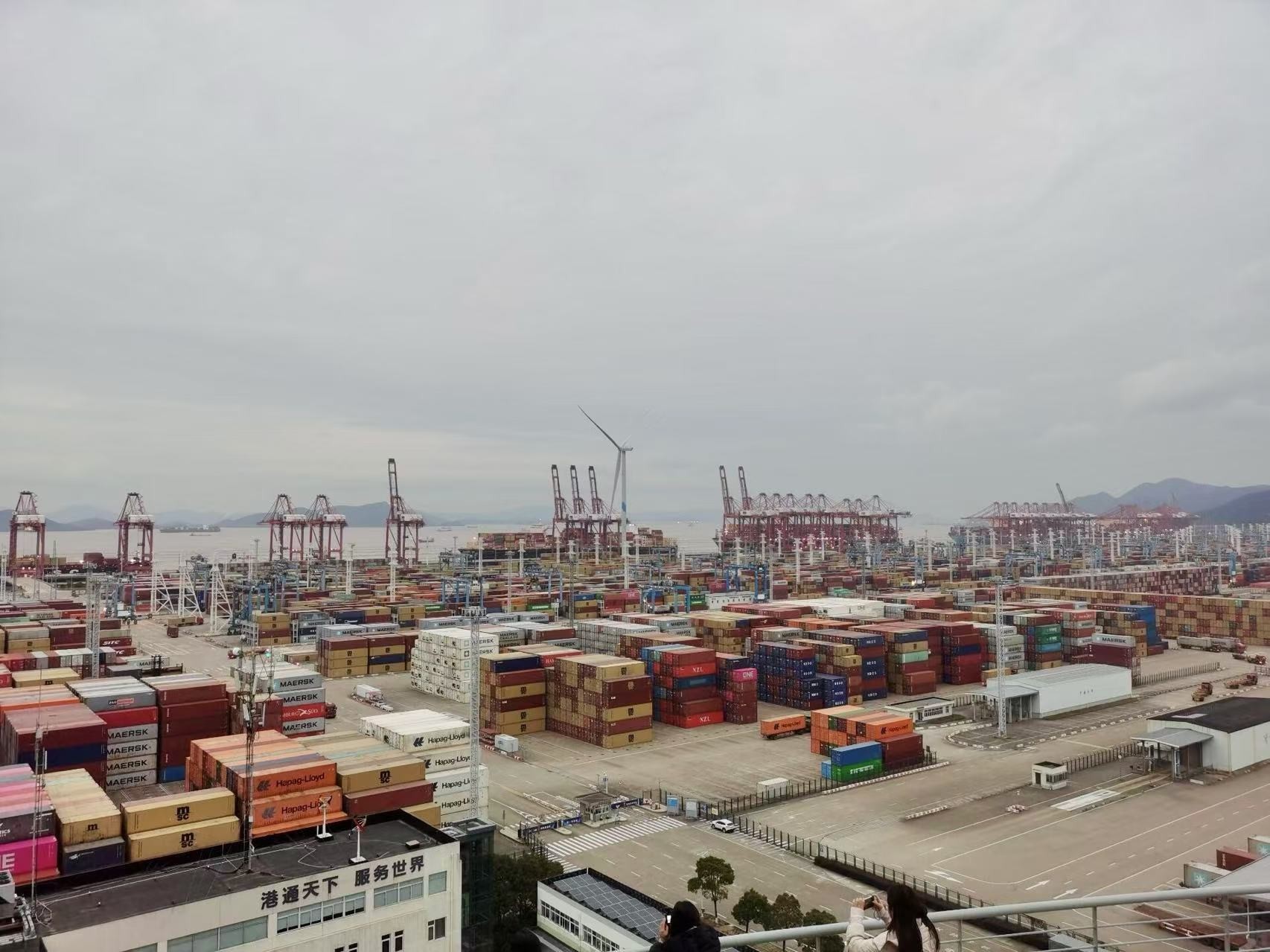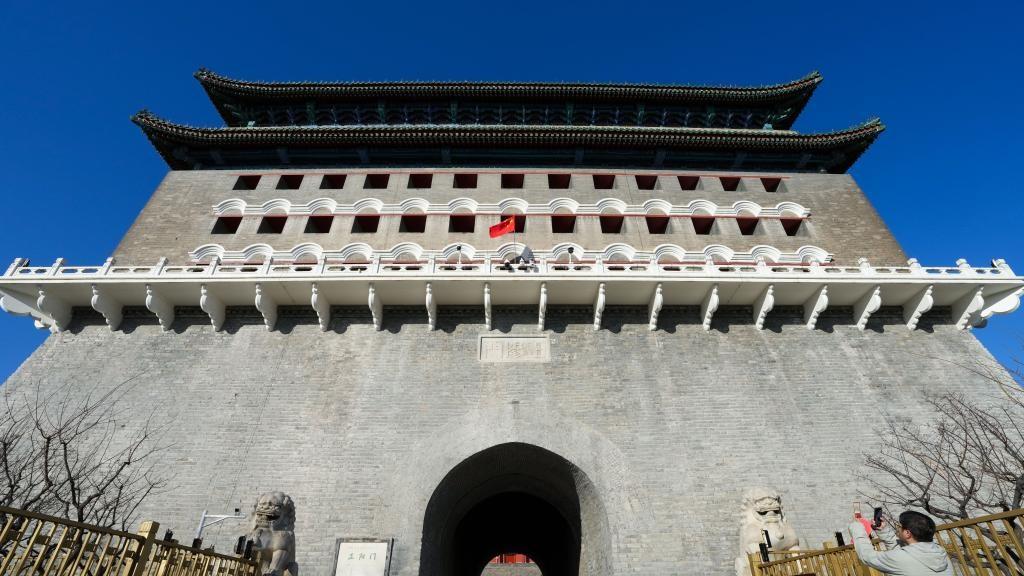Ningbo-Zhoushan Port bridges China and world
Located in eastern China's Zhejiang province, and with the vigorous Yangtze River Delta economic region as its hinterland, Ningbo-Zhoushan Port is one of the busiest ports in the world.
With the merger and restructuring of Ningbo Port and Zhoushan Port, the name "Ningbo-Zhoushan Port" was officially adopted in 2006.
Comprising 20 port areas, Ningbo-Zhoushan Port now stands as one of the country's main hub ports that bridges China and the world.

Photo taken on Dec. 23, 2024, shows an operation area of Ningbo-Zhoushan Port. (Wang Xingguang/China.org.cn)
As the intersection of the Silk Road Economic Belt and the 21st-Century Maritime Silk Road, the port currently operates 305 shipping routes, 130 of which connect to countries along the Belt and Road. The shipping routes cover over 600 ports in more than 200 countries and regions.
"I feel really moved. It's so nice to see that my country, Mexico, is part of this project," said Mercedes Fernandez, a Ph.D. student at the Communication University of China upon seeing the Port of Lázaro Cárdenas on the route map in the exhibition hall of Ningbo-Zhoushan Port.
A native of the city of Lázaro Cárdenas, Fernandez visited Ningbo-Zhoushan Port on a media trip.
"In the future, I hope to see more and more such connection and communication," she said.
The Zhoushan Islands are a natural barrier blocking sea wind and waves for Ningbo-Zhoushan Port. They ensure that the port area remains ice- and silt-free throughout the year with relatively calm seas, which provides an excellent natural environment for port docking.
Additionally, the main shipping channel in the core port area has a depth of over 22.5 meters, allowing 300,000 metric-ton vessels to freely enter and exit the port, while super-large vessels of over 400,000 metric tons can enter and exit depending on the tide. What makes the port stand out from its peers is its capacity to accommodate the largest ships of all types worldwide, which means that the ships can carry full loads to China, thus minimizing transportation costs.
In recent years, Ningbo-Zhoushan Port has handled the world's largest ore, cruise, and container ships.
In 2023, Ningbo-Zhoushan Port processed a cargo throughput of 1.32 billion metric tons, marking a year-on-year increase of 4.9%. Its cargo throughput has ranked first in the world for 15 consecutive years.
The port aims to have a cargo handling capacity of 1.8 billion metric tons and a container volume of 60 million by the year 2035, according to a development plan approved in October this year.
Photos
Related Stories
- Hangzhou-based logistics giant showcases China's e-commerce progress
- Feature: Chinese technologies power up intelligent port in South America
- China's Zhejiang appoints acting governor
- China's small commodity hub Yiwu connects to global markets
- E China's Ningbo preserves its maritime heritage with modern vibrancy
Copyright © 2024 People's Daily Online. All Rights Reserved.









